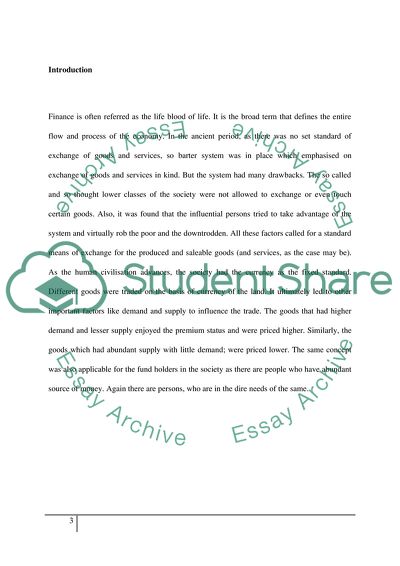Cite this document
(The Financial System and Retail Banking Case Study, n.d.)
The Financial System and Retail Banking Case Study. Retrieved from https://studentshare.org/finance-accounting/1726534-the-financial-system-and-retail-banking
The Financial System and Retail Banking Case Study. Retrieved from https://studentshare.org/finance-accounting/1726534-the-financial-system-and-retail-banking
(The Financial System and Retail Banking Case Study)
The Financial System and Retail Banking Case Study. https://studentshare.org/finance-accounting/1726534-the-financial-system-and-retail-banking.
The Financial System and Retail Banking Case Study. https://studentshare.org/finance-accounting/1726534-the-financial-system-and-retail-banking.
“The Financial System and Retail Banking Case Study”. https://studentshare.org/finance-accounting/1726534-the-financial-system-and-retail-banking.


